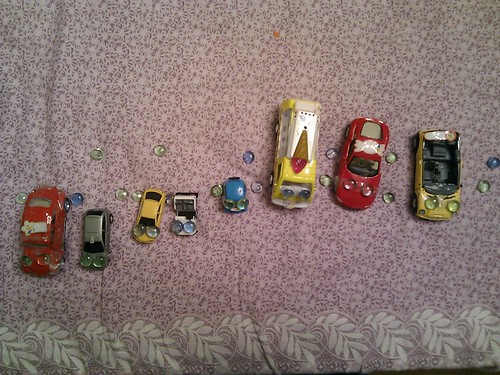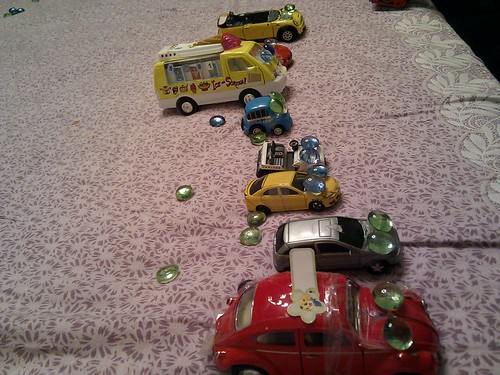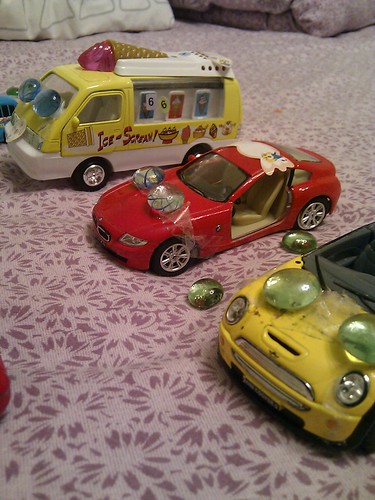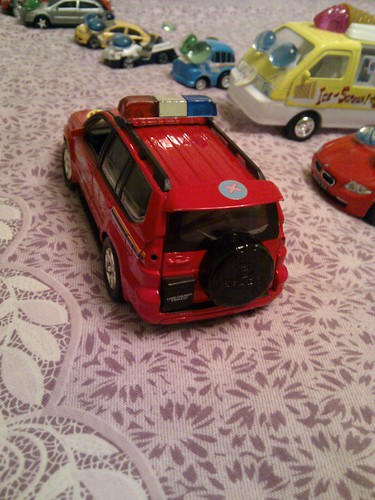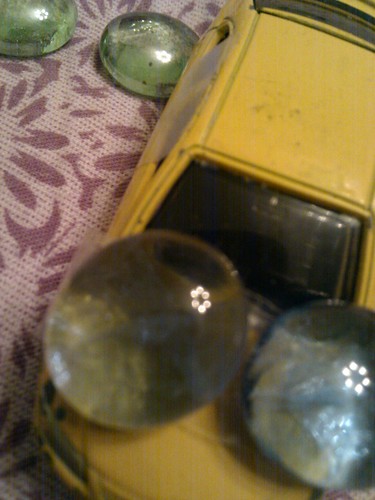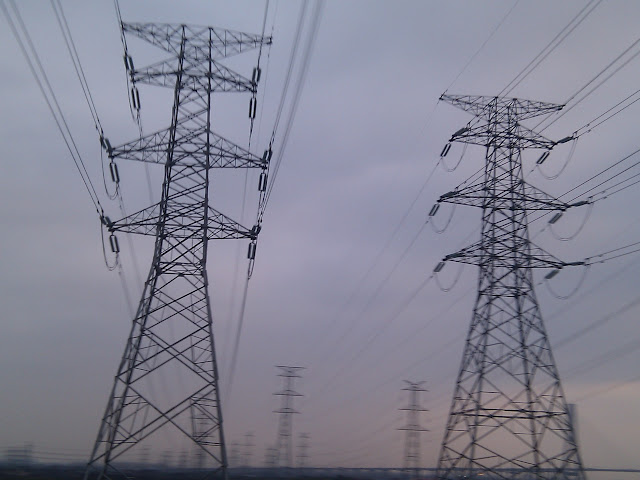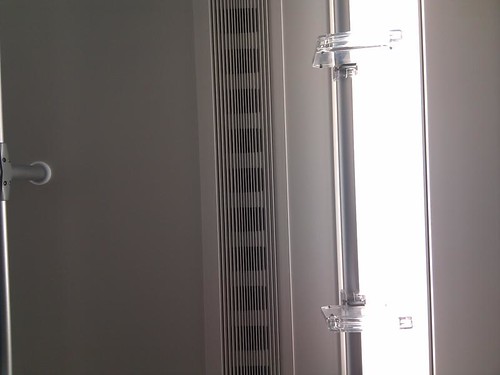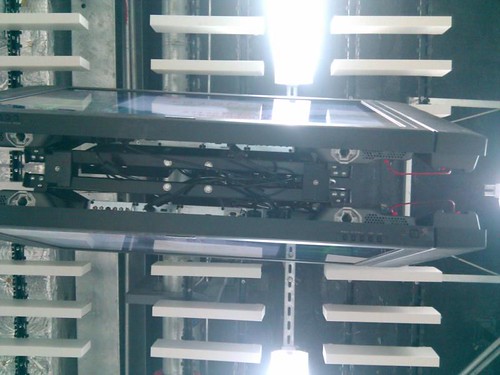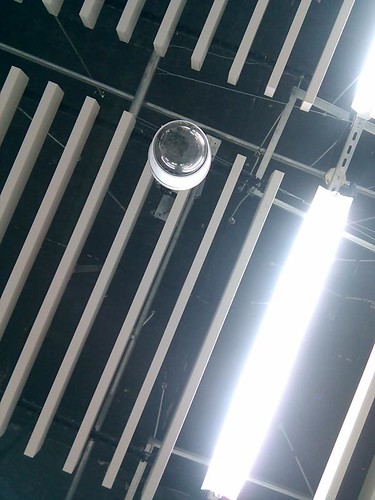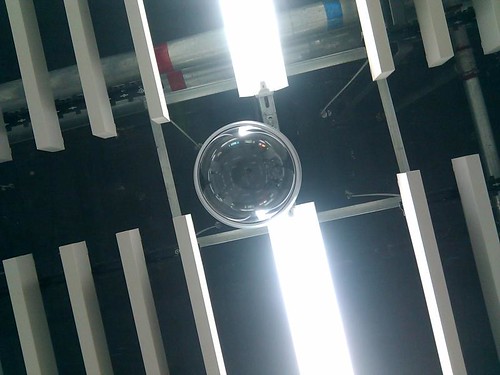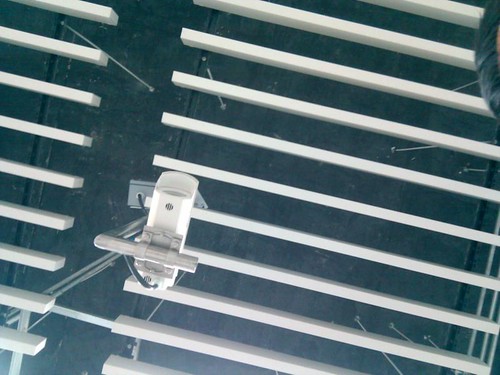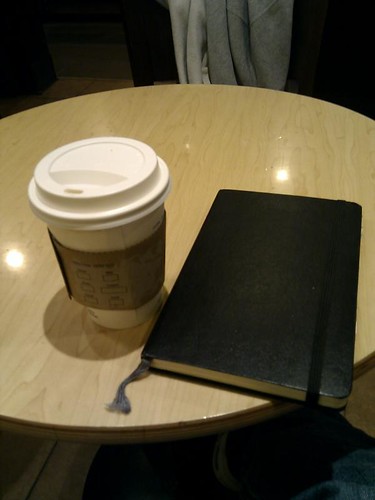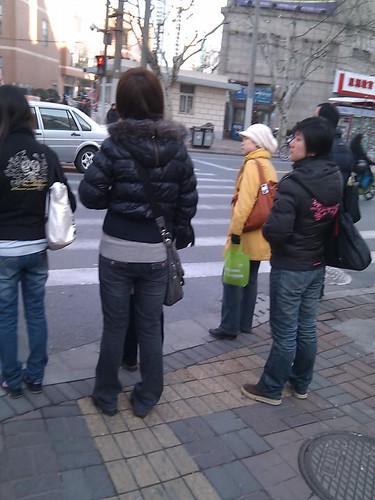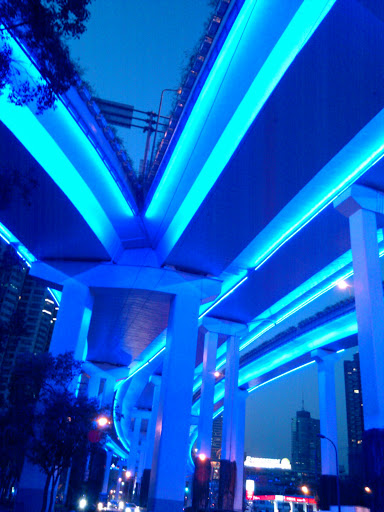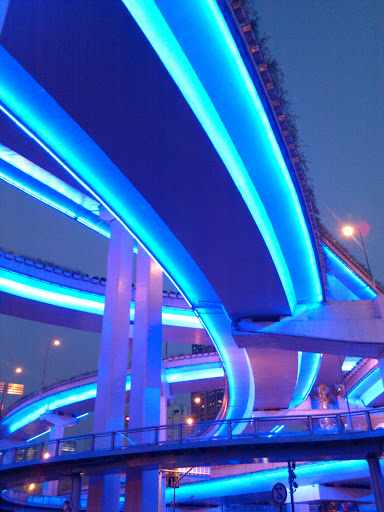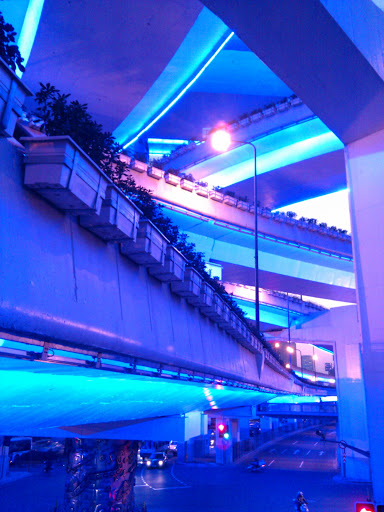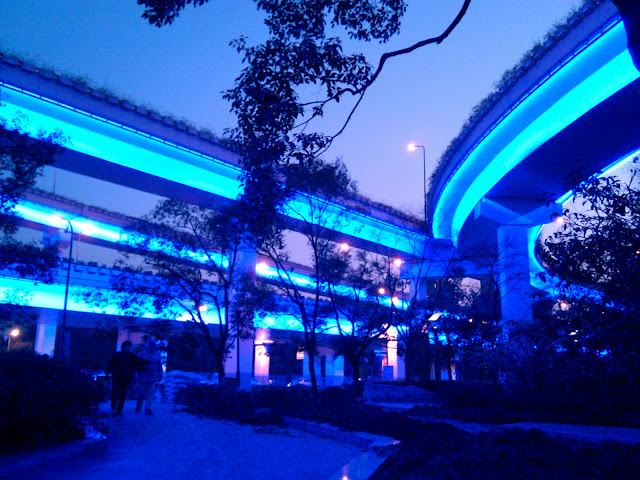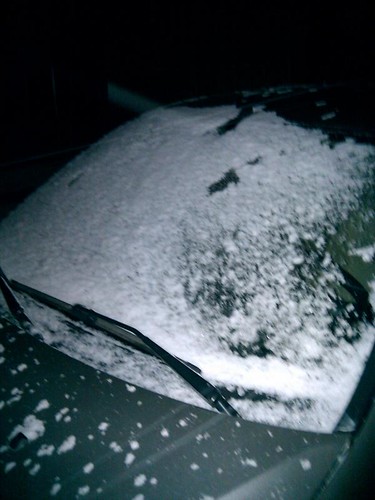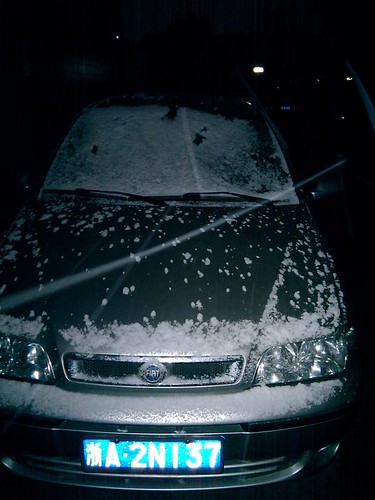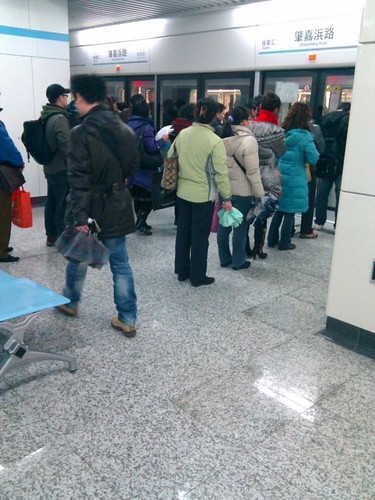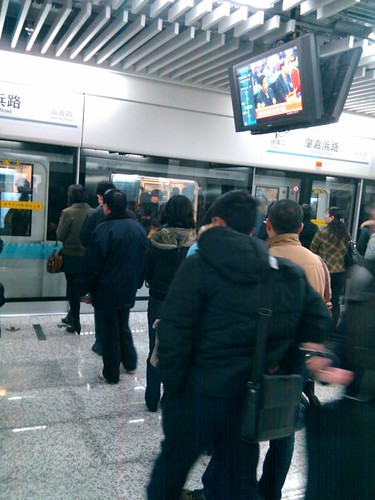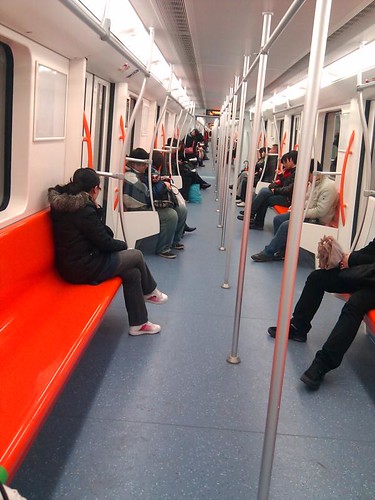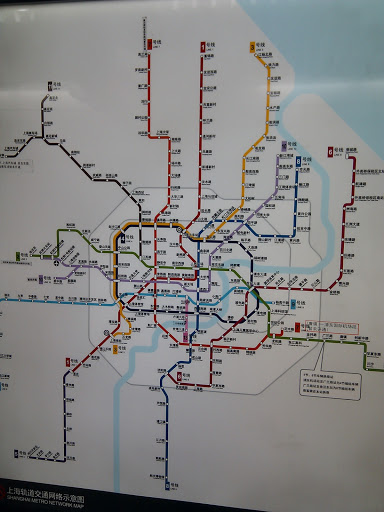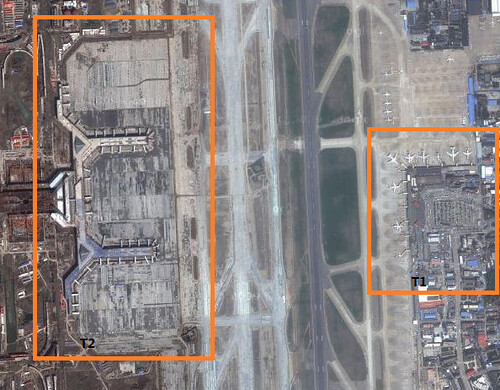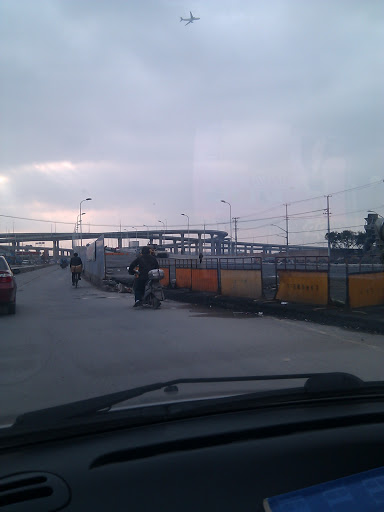Tomorrow, the Hongqiao Airport T2 is going to open. I really want to go there and take a look myself, maybe this Saturday. I hope I can get some photos and report back to my readers about the new addition.
A quick overview of the new airport (before my more detailed report).
The Airport
The T2 is west of T1 (the old terminal). It is basically a new airport – 90% of the airlines will move to the new T2 (no wonder they didn’t made too much improvement to the crowded T1 in the past few years – makes sense).
They share the same run way with the T1 – there are already two runways before T2 opens.
It is 4 times bigger than the current crowded T1. My biggest wish is, find a better taxi solution!
Transportation
Metro Line #2 will extend to the Hongqiao Airport T2, and other two stations further. The metro ends at 22:30 pm – late enough for most passengers. If you miss the last metro, you can still take the night bus – a new alternative to taxi. Please note: since the T1 is no longer an important hub, Metro Line #2 will skip T1 – you need to take shuttle bus between T1, and T2, before the Metro Line #10 opens this October, which connects the two terminal.
Another change worth noting: the shuttle bus #1 connecting the Hongqiao and Pudong airport will change its starting point from T1 to T2 of Hongqiao Airport – a natural shift that won’t affect most people.
The Service
According to Shanghai Daily, the new airport will offer 80 check-in counters, and 47 security counters.
I don’t know more details of this hub – need to go there to check out.
Transportation Hub
The new Hongqiao Airport T2 is not just an airport terminal. It is also part of the new Hongqiao Transportation Hub. The future Shanghai-Beijing high speed train and the future Maglev from Pudong airport will stop at the new Hongqiao Train Station. More metro lines will extend to this hub. The whole area has been well surrounded by newly built elevated highways (photos) – another mega project. In summary, there will be 30 new roads around this hub.
That is an amazing outline of the future.
G15, G50 and Hongqiao Airport
With the new naming system for the national highways, the intersection near the Hongqiao Airport becomes significant – the G15 and G50 runs west, and south of Hongqiao Airport.
G15 = Shenyang – Haikou Expressway – a 3715 km long expressway from the north most city Shenyang to south most Haikou.
G50 = Shanghai – Chongqiong Expressway – the 1900 km long expressway from Shanghai to Chongqing (near Chengdu) in the southwest.
Although people don’t do it, you can just imagine that people in west or north or south of China can conveniently follow a round all the way up to Hongqiao Airport — that is the power of a well planned round and an easy to use name. Putting Hongqiao airport to this bigger picture, it is more exciting to watch.
